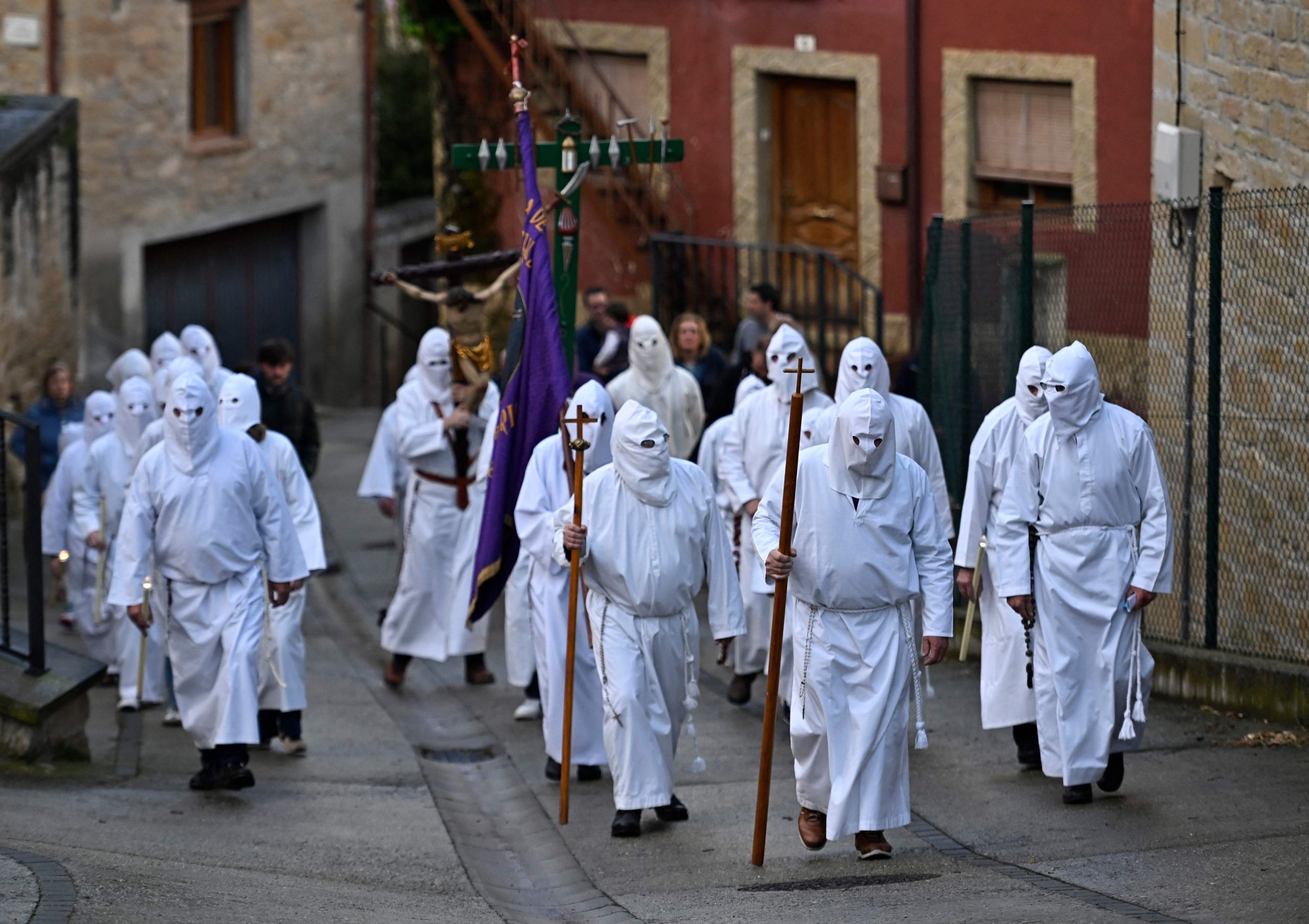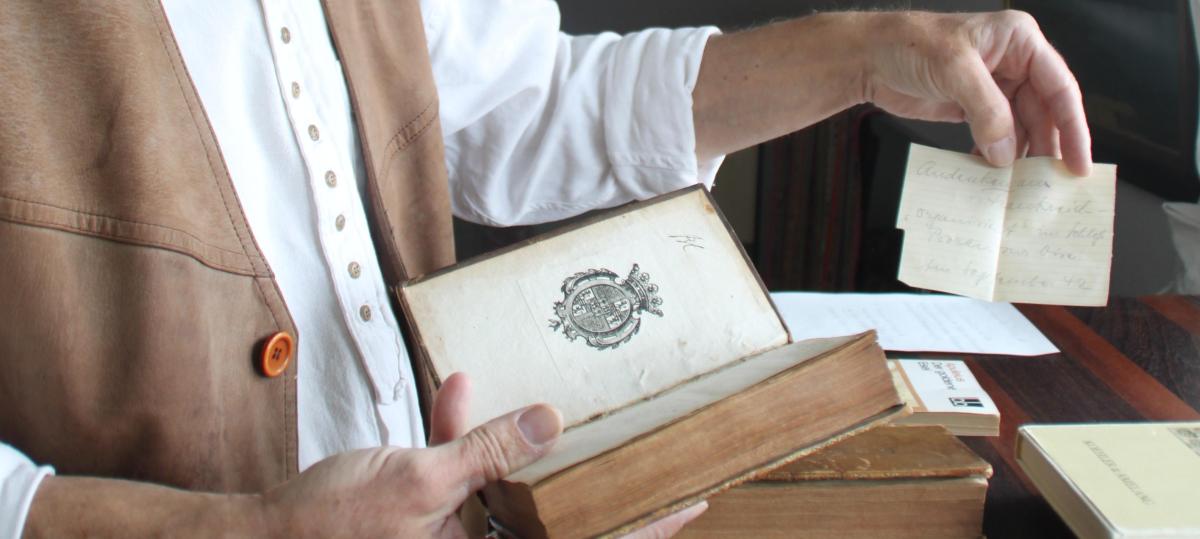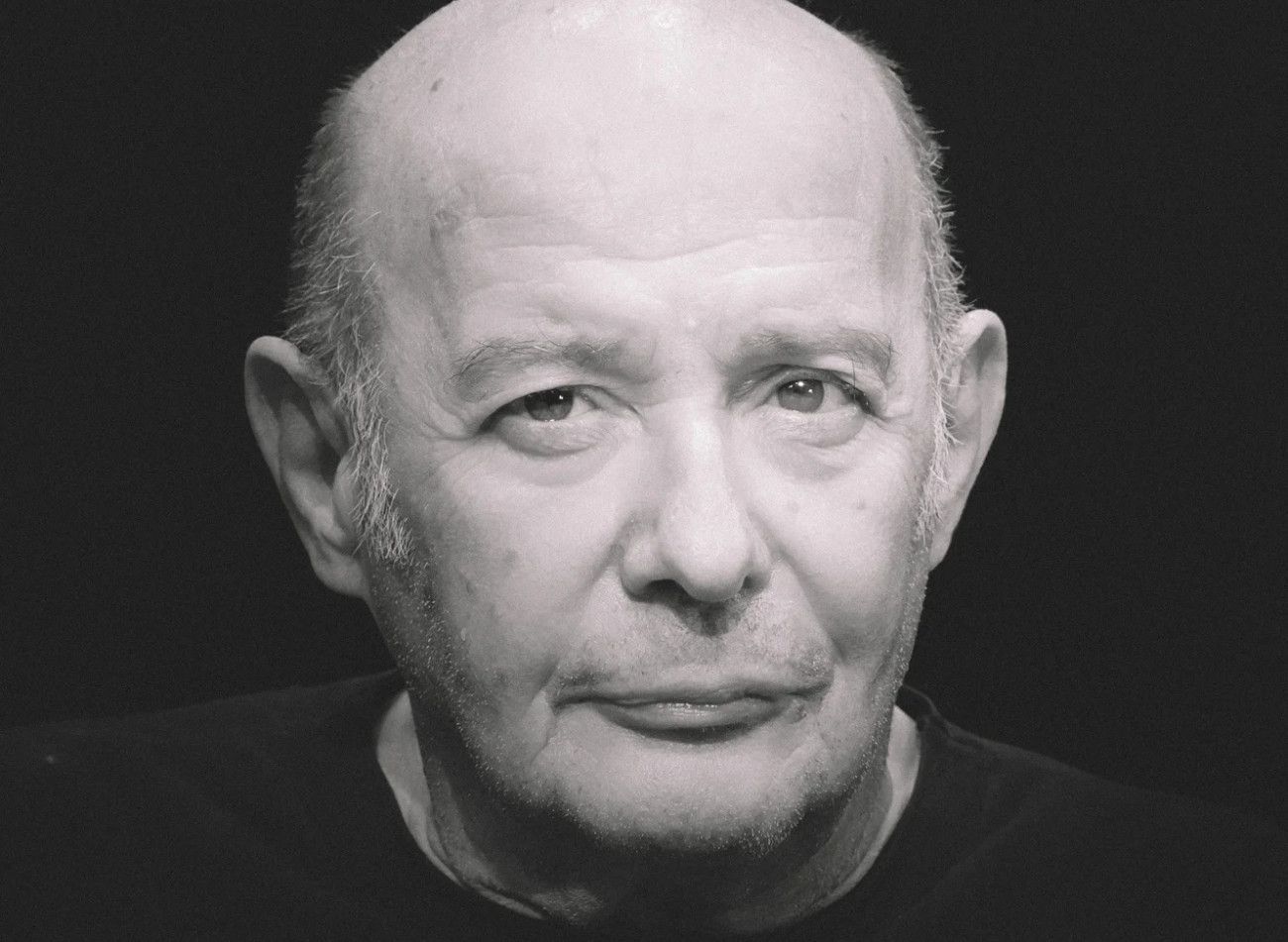The most unusual Easter traditions in the world

Portuguese traditions: from compass to folar
In Portugal the tradition of Easter is very common. From the Pascal compass, which occurs mainly in smaller lands to religious celebrations, the country is very rich in pascal traditions. In the Paschal compass, the faithful who want to receive the blessing leave the door of the house open and the priest passes with the cross to be kissed. And there are other traditions: in Braga, the image of Our Lady is transported by a donkey in the procession of the burrinha. In Montalegre, for example, Judas is burned. In São Brás de Alportel, Algarve, Easter Sunday in Portugal is marked by the Hallelujah Procession, with many flowers. Another tradition happens in Vide Castle and is the blessing of lambs or the shock. Religious, virtually all churches make the Lava Feet Mass (Holy Thursday), the Mass of Passion (Holy Friday at 15h), the Paschal Vigil (on Saturday night) and Easter Mass on Sunday.
White masks on the streets of Spain
In Spain, this is one of the times but rich in terms of traditions. One of the highlights is undoubtedly the processions and there are places where figures such as penitents who use long hooded long covers that fully cover their faces and reveal only their eyes, and the Nazarenes who normally walk barefoot and carry chains or large wooden crosses.
Admittedly, each city gives its own touch to these processions, with great prominence to Malaga, Granada and Seville, were not Andalusia, one of the most Catholic regions. One of the highlights goes to La Madruga, a night between Holy Thursday and the Holy Friday, when the processions converge at Seville Cathedral to commemorate the judgment and crucifixion of Christ.
USA: Easter egg hunt
The eggs are very linked to Easter. In Romania, painting and decorating eggs for Easter is a traditional art. There are specific symbols and colors with different meanings, such as life, nature or eternity. Egg decorations have great meaning and are manually painted by experienced artisans. And the battle of eggs is a Swedish tradition that brings together families and friends. Several duels are organized during which boiled eggs are released: the egg with the strongest bark wins. Already those who lose have to eat all the eggs that the winner managed to leave. And there is another egg -related tradition: wash the face with the water in which an egg painted red with red and a piece of silver were immersed. Legend has it that the red egg represents health while silver symbolizes purity.
Giant omelets and silences in France
In a small village in southwestern France, in Haux, there is a tradition of making the largest omelet in the world with 4500 eggs that is cooked outdoors. Each family offers eggs and, once ready, the delicacy is served to the entire population. Legend has it that tradition begins still in the years of governance of Napoleon Bonaparte, who stopped in the village with his army. To feed all the soldiers, the population will have gathered, created a large omelet for the battalion.
Another highlight in France is the Easter bells or Les cloches of food, where churches are silenced on Holy Thursday to regret the death of Christ and remain silent until Easter Sunday. According to legend, the bells would fly to Rome to be blessed by the Pope and would play again to announce the resurrection of Christ.
Non -recommended practices in the Philippines
In Philippines, 80% of the population is Catholic and leads to Easter very seriously. Literally. Some faithful opt for crucifixion, others for self-flagellation until bleeding during the traditional rituals of Holy Friday, just as happened to Jesus Christ. The Catholic Church has already asked the practice to be canceled, even if it was unsuccessful. And attracts thousands of visitors every year.
Another long -awaited moment of this time is the procession of penitents who flag their backs until they leave them in alive flesh. Devotees who submit to these ‘punishments’ desire forgiveness for their sins or want to express thanks for divine interventions. Those who do not do so, have the habit of spending the days of the Holy Week in the church.
Pretzels girlfriends in luxembourg
The luxembourgets celebrate the BRETZELSONDEG or Pretzel Sunday that happens in the fourth Sunday of Lent. At that time, the boys should give the girl’s girl a pretzel. If she accepted, it meant that the boy could visit her on Easter Sunday and receive an egg in return. If it happens in a leap year, the papers are reversed and it is the girls to distribute the pretzels. Currently, the BRETZELSONDEG It is above all an opportunity for lovers, where the pretzel – a luxembourge specialty made of puff pastry with sugar paste and almonds, representing two given arm lovers – symbolizes sharing and generosity.
In addition to being a religious party, Easter is also a family party that includes the traditional egg hunt.
Swedish Easter or Halloween?
For some, Easter in Sweden is closely associated with its religious origin, with churches across the country to invite people to celebrate it over several days.
For others, Easter is, first and foremost, an opportunity to meet with family, relatives and loved ones to enjoy traditional foods such as Gravlax, herring, eggs and roasted lamb. In addition, there is an old legend that says on Holy Thursday, witches flew to meet the devil on Mount Blåkulla. Nowadays, the children in Sweden masted themselves from Easter witches. Dressed in old clothes, scarves in the head of cheerful colors and red -painted cheeks, go from home to house in the neighborhood and present residents with paintings and drawings hoping to receive sweets in return. A kind of Halloween ‘sweetness or prank. Then they are compensated by their parents with Easter eggs.
Women take cold water in Hungary
« Hungarian watering » is associated with fertility. Men irrigate women, especially those who are old enough to marry, and in return receive painted chicken eggs. More recently and in some locations, water has been replaced by the fragrant colony. This tradition symbolizes cleanliness and renewal, which was believed to have purified and gave fertility to women. Another of the traditions in the country is egg painting, known as “tojásfestés”In Hungarian. Eggs are cooked and then carefully decorated with paints and it is common to see them for sale in handicraft fairs and street markets. Easter also brings with it the tradition of offering, where gifts serve as expressions of love and renewal symbols. The exchange of decorated eggs has a prominent place.







